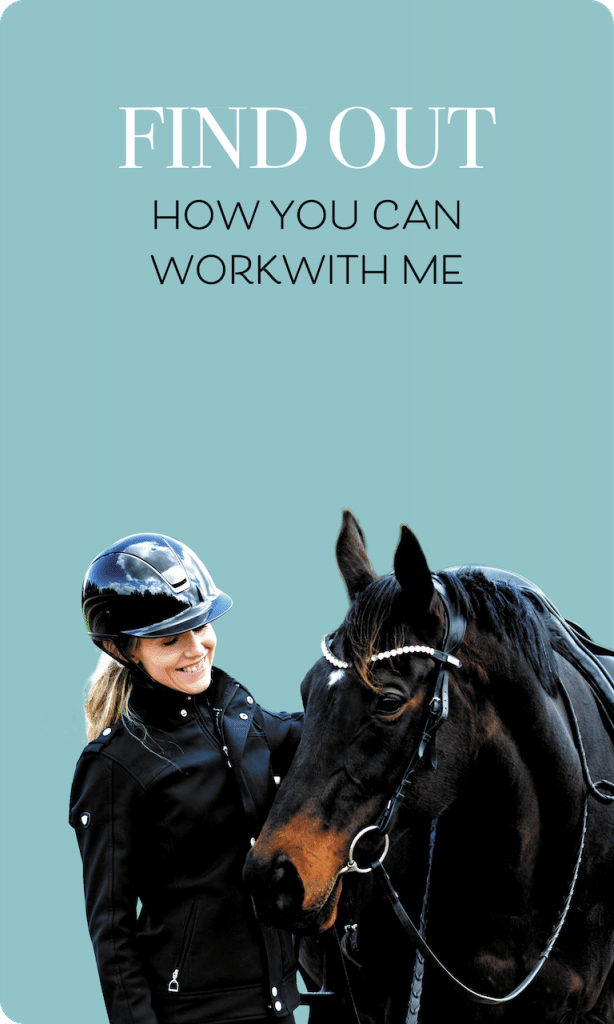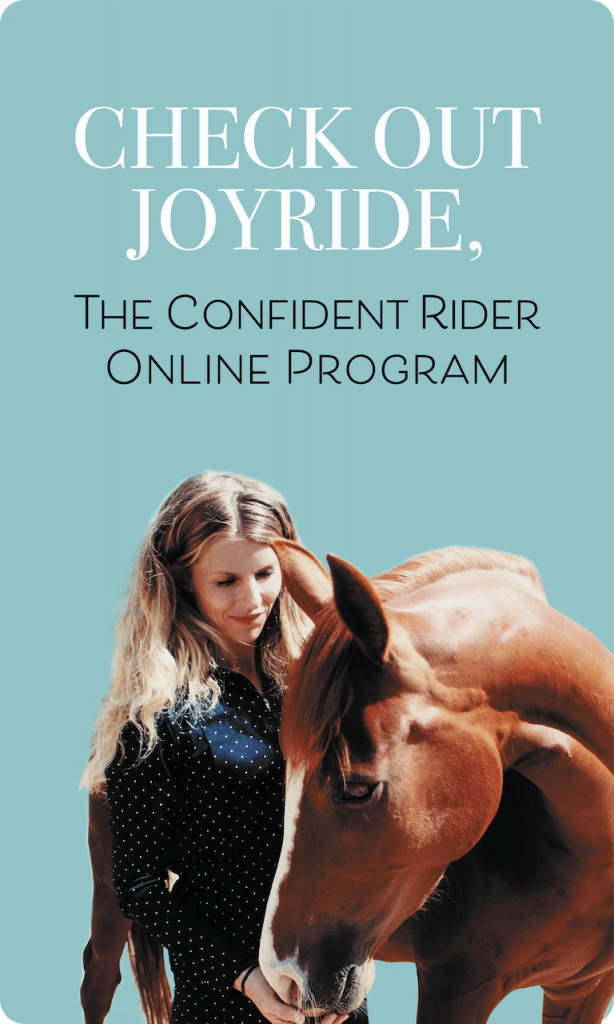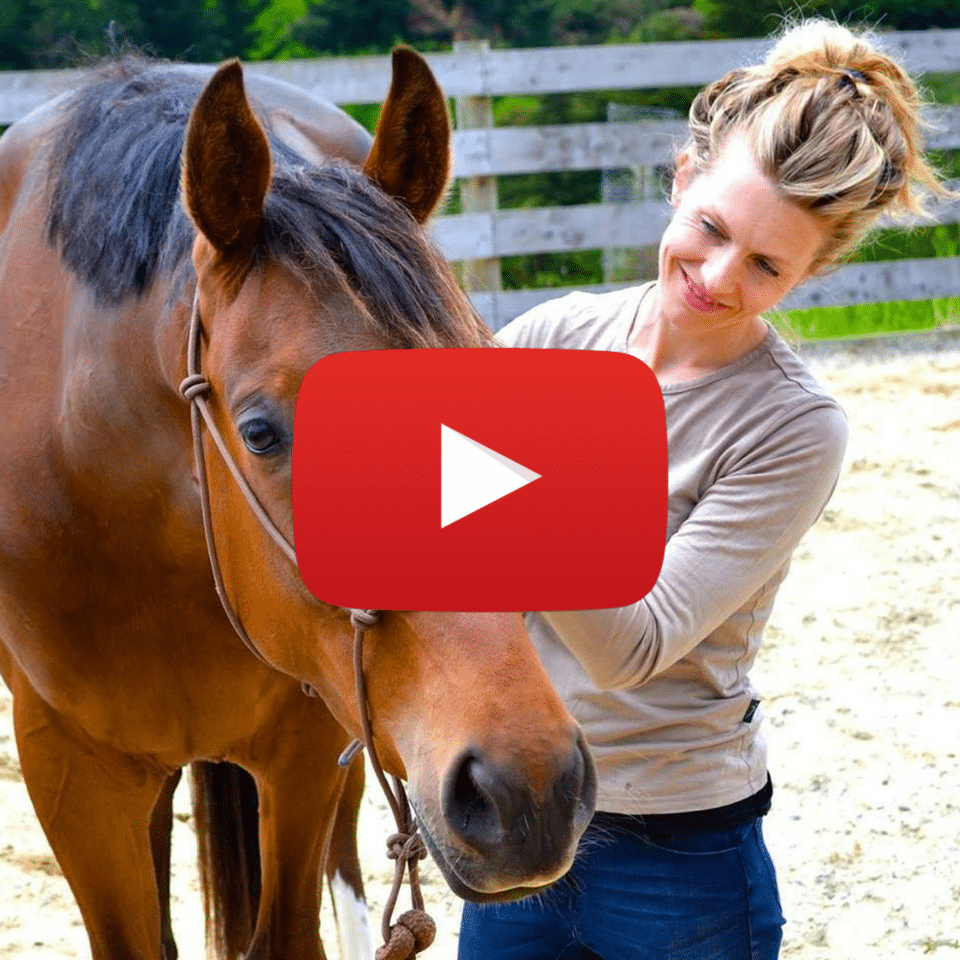If we were to choose a handful of common mottos or statements that are thrown around when it comes to increasing confidence and moving through fear, fake it ’til you make it would be high up there on the list. I admit, for a long time, it was a way of seeing things that I bought into as well; after all, there’s some solid evidence that shows changes such as adjusting posture to what is typically be described as a “power pose” (think shoulders back, head up, hands behind the head) for more than two minutes tangibly affects hormone levels associated with feelings of confidence and esteem. In both men and women, holding these positions for at least two minutes resulted in increased levels of testosterone, and decreased levels of cortisol. That can only be a good thing, right, if you are aiming to prime yourself for what’s ahead?
I used to think so too.
Over the years of studying, applying and working with others on all things confidence, I’ve started to notice some common problems when it came to actioning the fake it ’til you make it mindset, specifically when it comes to horses. Let’s have a look at the issues I have with adopting it as a modus operandi… and what I believe to be a better way of going about things.
1. It’s short lived
Faking it ’til you make it might work for momentary bursts of bravado, but it’s not a way of approaching your riding (or life) that’s sustainable. Our emotions and feelings are not an inconvenience; they express the truth of how we feel in the moment and as a consequence, provide us with valuable messages and information about how it is we might choose to proceed moving forward. While you might be able to overlook or ignore how it is you really feel in the short term, adopting that strategy as a long term plan creates a layer of feeling that festers and simmers beneath the surface. Genuine confidence doesn’t come from pretending to be something you’re not; it comes with honouring and acknowledging what is, learning to understand and navigate emotion and feeling in a way that keeps you in flow, while developing the internal skills to be aware of the resources available to you, even in the midst of challenge.
2. It narrows our focus
The thing with anything that we feel- confidence, anxiety, calm, focus, fear- it’s not an all or nothing situation. As humans, we habitually narrow our point of focus (typically towards what’s uncomfortable and challenging) at the expense of what’s working, what’s pleasurable or pleasant, or even what’s neutral. This is true for feeling and sensation as much as it is for experience. Instead of faking it til we make it, what I encourage is acknowledging the feelings of unease, fear or discomfort but searching, in the midst of that, for feeling in the body or the mind that feels pleasant, easeful or neutral. In our constant efforts to “be” something or to feel a certain way, we see only one part of what’s available to us.
This is not about cultivating feelings that aren’t there, or attempting to be something that you aren’t, but about widening your field of vision to recognize that in the moments when things are hard or tough, there is more that is available to us than might currently occupy our attentional window. Developing your skills around this has transformative effects when it comes to navigate your way through uncomfortable or difficult feeling; it’s resourcing yourself and adjusting your orientation to include what IS working as much as what isn’t.
3. It takes you out of alignment
For our horses, this is a big one. Our horses sense when we are out of alignment; when it is that our thoughts, feelings and what it is we are projecting are all out of whack. Their level of sensory acuity is such that they can read the energetic and projected mismatch that results from holding a feeling that is different to a thought process that you yourself don’t believe to be true.
Think of it this way: have you ever had your spider senses triggered by someone, where you felt uncomfortable despite them appearing to be friendly? Or known that you couldn’t trust someone even though what they were saying was “all the right things?”. Our horses feel this conflict and lack of congruence also, no more so than when we are trying to be something that we aren’t or that lies in opposition to how it is we really feel.
It’s not about faking it, or trying to be something that you aren’t. Instead, the art lies in developing the skills to navigate thought, feeling and sensation, take the messages behind what your emotions are offering you and gradually inch your way towards better feeling thoughts.






